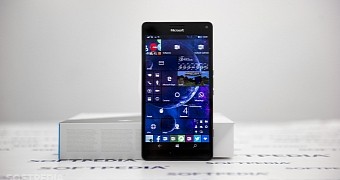Microsoft will kick off the BUILD developer conference in San Francisco next week, and the company is expected to make several important announcements regarding its Windows 10 plans, including what seems to be an improvement to live tiles.
Although Redmond has been mostly tightlipped about live tiles in the last months, it appears that the company has actually been working on two major improvements in this regard and is now ready to present them to users and developers at BUILD.
In the official BUILD agenda, Microsoft published a session called “What’s new for Tiles and Toast Notifications,” and as MSPU has spotted, two so-called “surprises” are expected to be announced.
“Notifications are an essential tool for engaging with your customers on Windows. We are building on the foundation of Action Center to give developers greatly increased flexibility in Adaptive Toasts. We will introduce a powerful API that enables a new class of apps to plug into the Notification pipeline and provide innovative experiences for users. Live Tiles are evolving with two highly-requested surprises that you won’t want to miss,” the description of the session reads.
Are interactive live tiles finally ready?
At this point, it’s hard to speculate on what exactly Microsoft wants to present at BUILD, but everyone’s hoping that one of the two surprises is the introduction of interactive live tiles.
Developed by Microsoft Research and announced in 2014, interactive live tiles were rumored to debut in Windows 10 Mobile, but the company actually decided to stick with the classic approach also available on Windows Phone. The Redstone update could change this and finally give us interactive live tiles, and the BUILD developer conference could bring us the first confirmation in this direction.
Interactive live tiles are an improved version of the classic tiles that can provide users with the possibility of interacting with certain features of the apps without the need to open the apps themselves. For example, users could be allowed to control music playback (play, pause, or skip to next or previous song) with interactive live tiles that would offer actionable controls right on Start.

 14 DAY TRIAL //
14 DAY TRIAL //